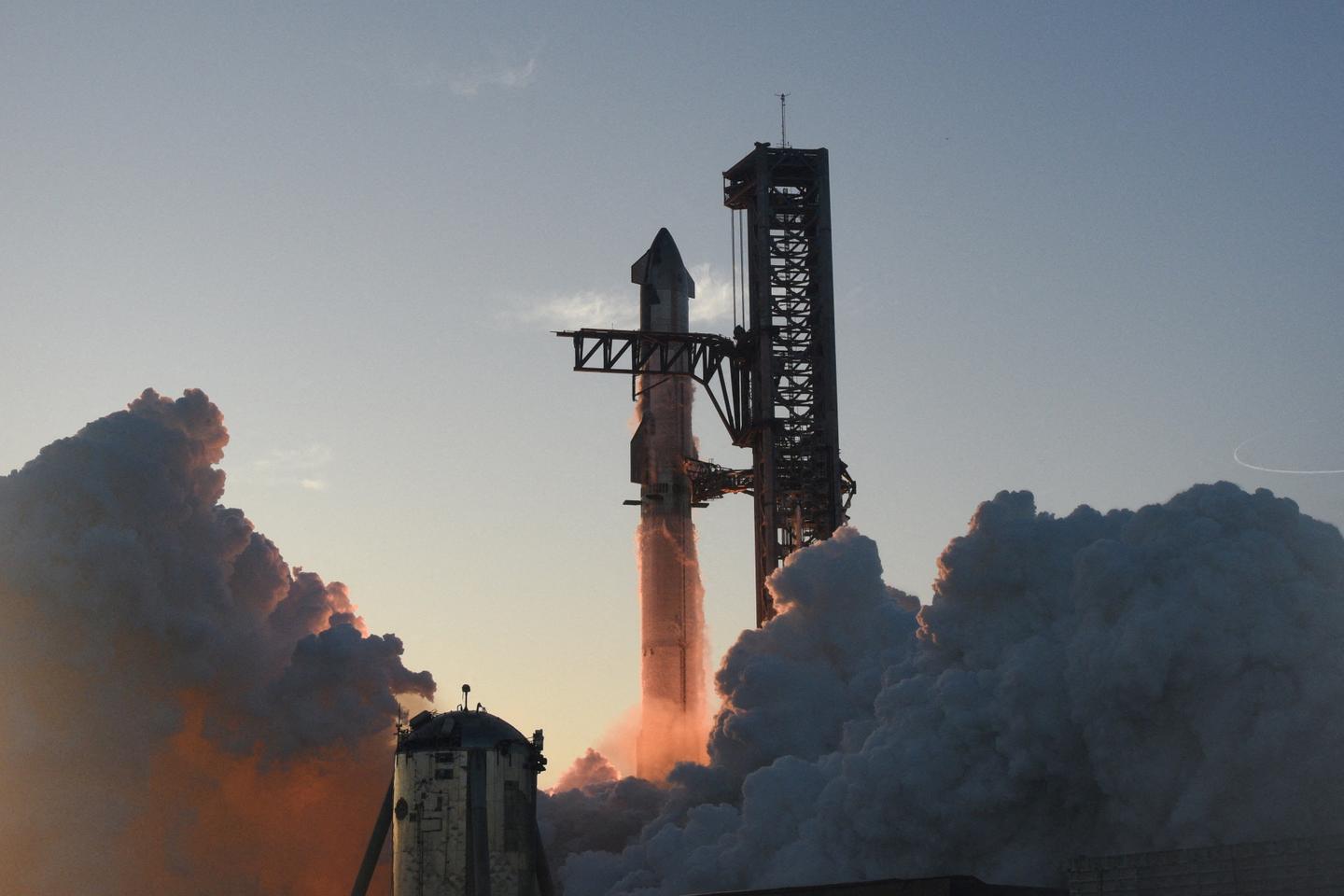


Seeing the triumphant reactions of SpaceX and NASA after the giant Starship rocket exploded eight minutes after lift-off on Saturday, November 18, one can legitimately wonder what separates success from failure. Sometimes it is just a matter of point of view. Americans are often credited with the ability to see the glass half full, empowering them to innovate more easily without the fear of failure that sometimes paralyzes Europeans – the French in particular.
For more than 50 years, Silicon Valley has embraced this approach of progress through repeat failure. The fact that startup companies operate on this model is hardly surprising given that the iterative method of computer science itself is to develop algorithms that find the right answer through a process of elimination.
This is Elon Musk’s strategy with his ventures, including SpaceX, which created the Starship. "We develop, we fly, we break things and go back and fly again," explained the company’s vice president of build and flight reliability, William Gerstenmaier, in an interview with Bloomberg.
Method with some obvious flaws
The advantage of this approach is that it allows great risk-taking. In April, the maiden flight of Starship, the largest rocket ever built in the world, capable of carrying 100 tonnes of cargo and people into space, ended in the destruction of the rocket at separation of the first stage, only three minutes into its flight. The launch pad was also blown to pieces, setting fire to a nearby forest. Planners and engineers welcomed the spectacle as a glimpse into what required improvement.
Seven months later, SpaceX has completely modified the separation system for the two stages as well as the launch pad, which is now flooded with water at lift-off. It worked: The Starship module reached the edge of space, at an altitude of 100 kilometers. The first stage of the rocket and the module – which were supposed to return to Earth for reuse – both disintegrated, but never mind: There lies another opportunity for improvement.
But the "test and learn" method is expensive. A single launch costs over $500 million (€458 million). But NASA is generous and has set aside a budget of almost $10 billion to return men to the Moon before the end of the decade. These testing paradigms that allow start-ups to try anything also have shortcomings, and even sometimes break the law, as Uber and Airbnb have experienced. The road to innovation is far from a smooth ride and it can certainly make a mockery of rules and precautionary principles.
